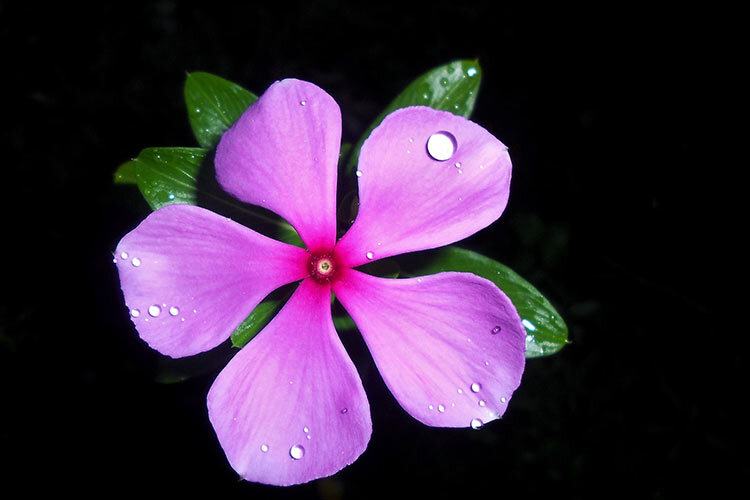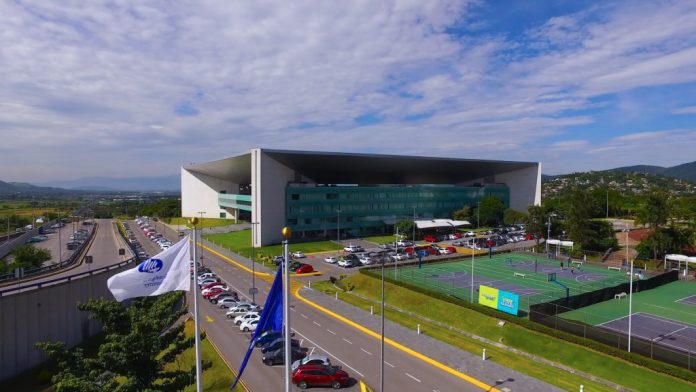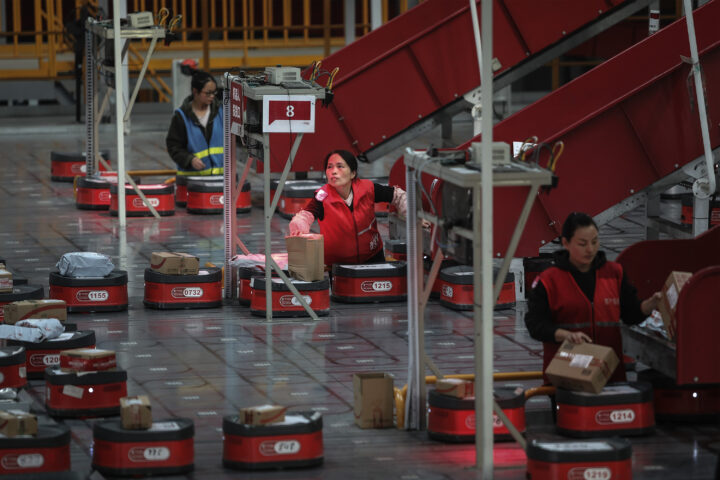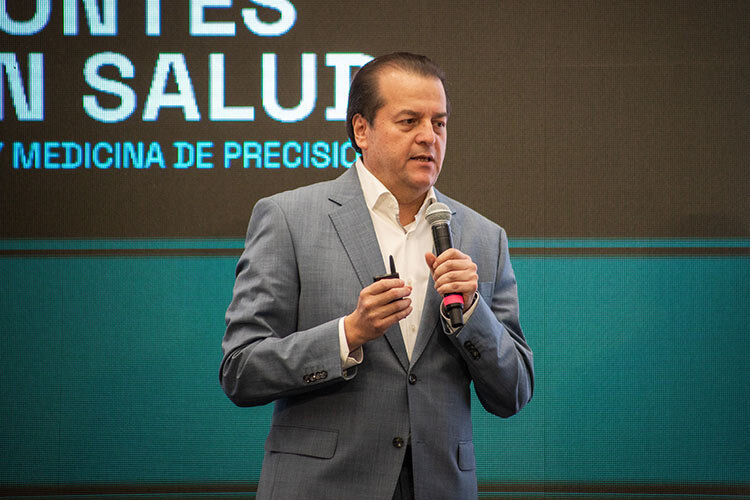Although Catharanthus roseus or “Madagascar periwinkle” is a plant that can be found even on the roadside, one of its compounds is listed by the World Health Organization (WHO) as an essential medicine for treating cancer.
Carlos Eduardo Rodríguez López, a biotechnology researcher at School of Engineering and Sciences at Tec de Monterrey, explains that vinblastine is too complex a compound to be created in a laboratory, which is why studies have been carried out for decades to understand how the Madagascar periwinkle plant manages to produce this compound.
Although the plant is very common, it takes more than 2,000 kilograms of dried leaves to produce 1 gram of this compound. The 2019 cancer drug shortage −which lasted until 2021− was mainly due to delays in the supply of vinblastine, according to the Mexican Association of Pediatric Oncohematology (AMOHP, in Spanish).
Vinblastine is a chemotherapy drug used to treat different types of cancer, including lymphoma, bladder, breast, and testicular cancer, as well as Kaposi’s sarcoma. It is also recommended for treating childhood cancer care.
It is a compound that belongs to a class of drugs called vinca alkaloids, which works by slowing or stopping the growth of cancer cells in the body.
However, the plant alone can’t benefit cancer patients undergoing chemotherapy, only the isolated compound.
Anti-cancer agents from nature
Along with researcher Delia Serna Guerrero, who is also from the Tec, Rodríguez López is participating in multidisciplinary research with the aim of understanding the chemical process performed by Catharanthus roseus to produce vinblastine.
“We achieved chromosome-level sequencing. Using various technologies, we can isolate a single cell and sequence it to see what instructions are running in that leaf cell,” explains Rodríguez López.
Since cells are different depending on their function and location, the researchers were able to understand how vinblastine is produced by looking at three cell types within the leaf. In order to explain this, the biotechnology specialist uses the metaphor of the production line in a factory:
“There are specialized workers on the production line. When we were figuring it out, we saw that it’s split into three different parts. There’s the one that’s close to the leaf’s veins; this then passes on production to those that are in the epidermis; and then there are the idioblasts, which are the warehouses where the product (vinblastine) ends up,” he says.
However, the Madagascar periwinkle still retains some mystery because we don’t know exactly why it produces vinblastine. One of the future aims of this research is to understand why.
“The methodology is also important so that we can now begin applying it to other plants. It’s like a map in which we’ve now reached single-cell resolution,” says Rodríguez López.
He says that the plant could be modified in the future so as to produce greater amounts of vinblastine.


















